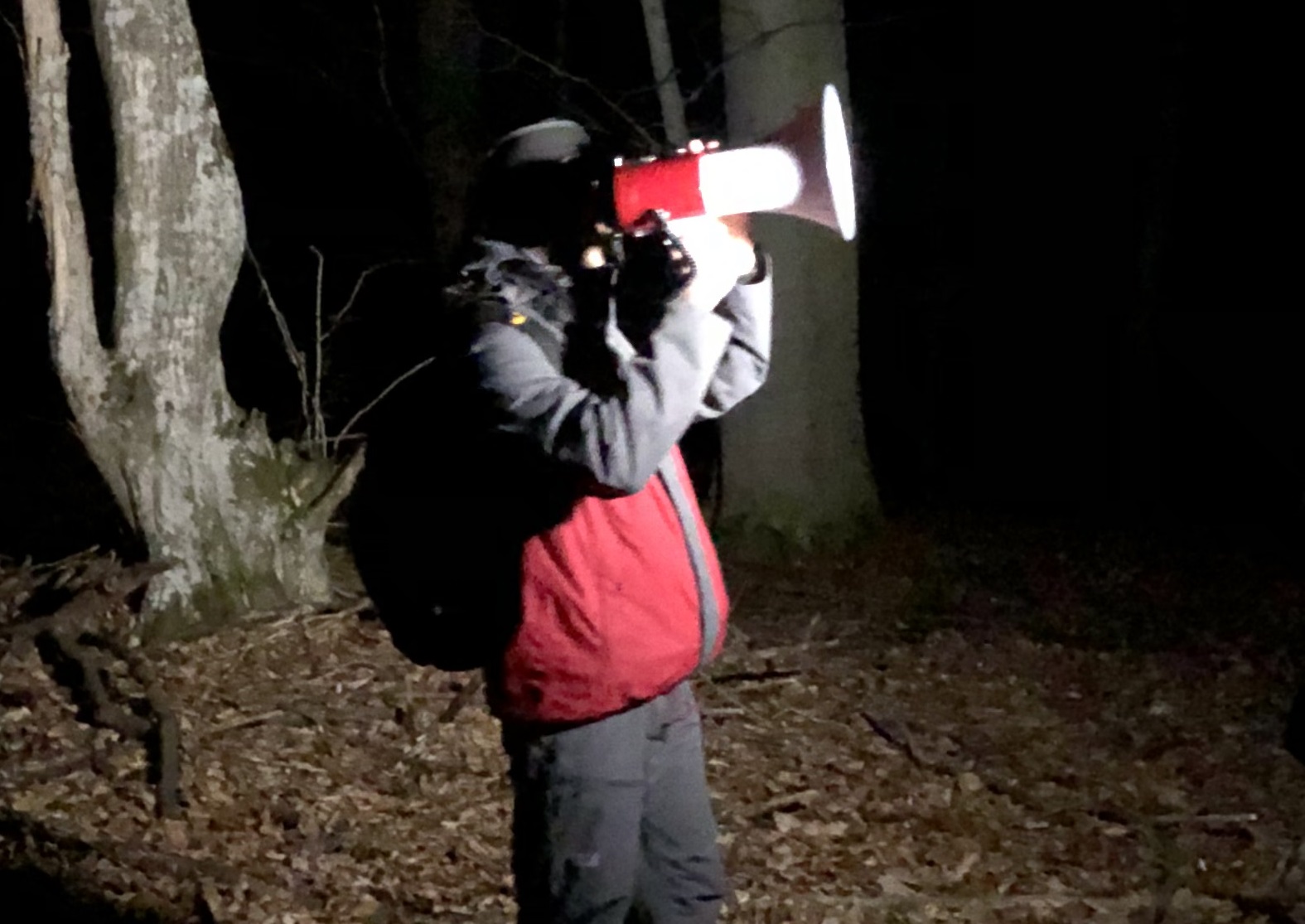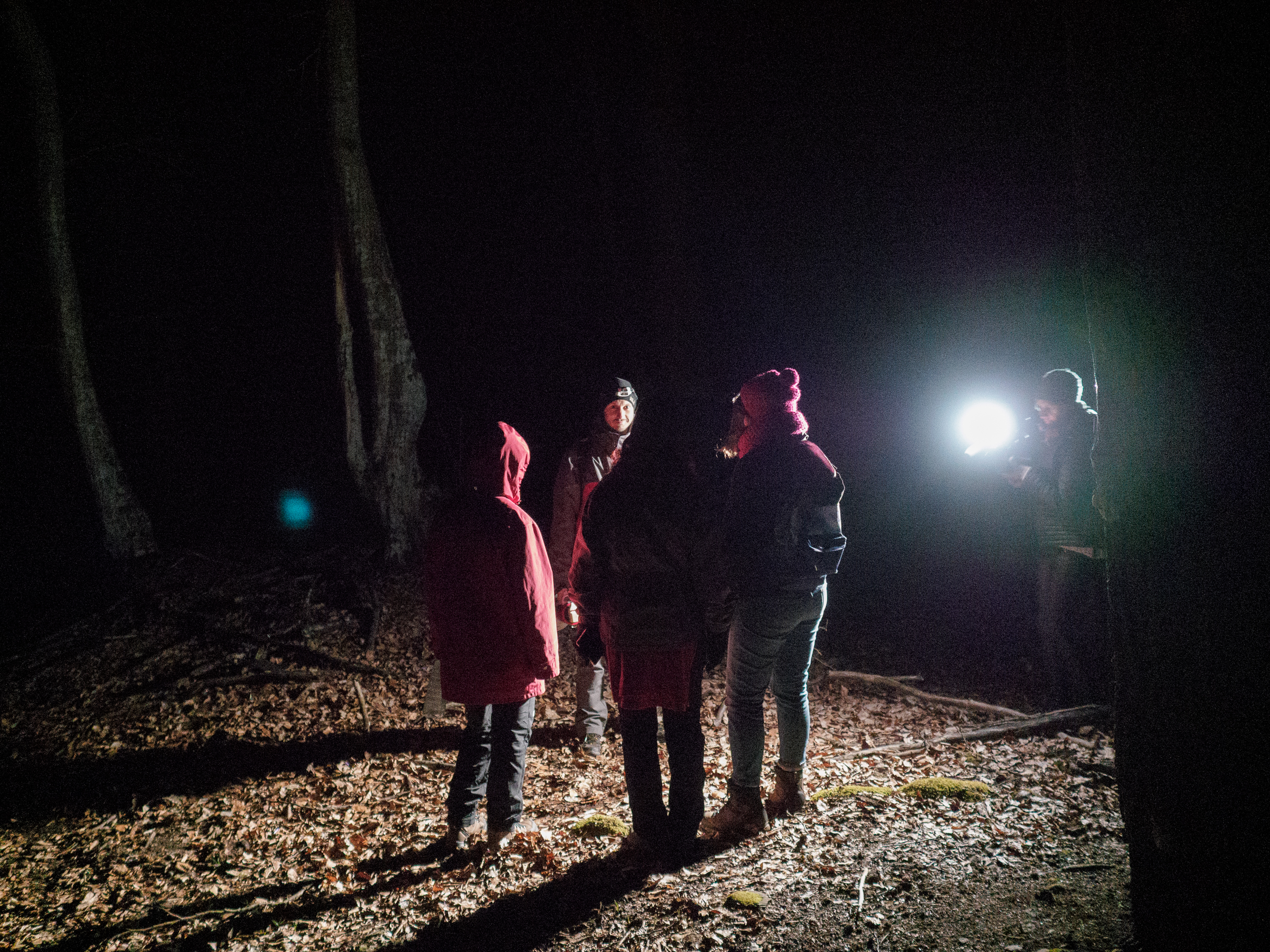TRANSGREEN - Midnight in the forest: the heart-pounding experience of wolf howling
16-05-2019
"Silence, please don't speak. Walk as gently as possible. "
"Turn off your mobile phones and any source of light."
The instructions are clear: no lights - no sounds as we enter the dark Carpathian forest in the middle of the night. The eyes quickly get accustomed to the darkness half-lit by the half-moon. As we shut our mouths, we open our ears to capture the immense silence of a vast mountain top and all surrounding ridges. We are in a place with the ideal acoustics and position to engage in a dialogue with the local wolves. We howl at them - with the help of a pre-recorded and amplified wolf pack sound -, announcing we are there. The wolves respond, as they are territorial - the uncrowned kings of this forest.
The pre-recorded howl breaks the silence (https://www.youtube.com/watch?v=KmSCkVQku_Q&feature=youtu.be). It resonates like a ghostly choir of intertwining deep surreal voices: wolves! The deep sound has an unexpected melancholy to it. And a definite sense of power. Much like an old monarch who has seen a lot, and knows the ways of his forest.
After first howl comes to an end, silence falls back even deeper than before. Every cell in our body is listening – will the local wolf answer? We can hear every moving leaf and every cracking branch. An owl. A dog barking in a village down in the valley kilometers away. We wait for 10 minutes, in a complete state of presence.

Cristi Papp, Transgreen project manager for WWF-Romania, plays the pre-recorded howl for two more times. With 10 minutes of silence in-between. The forest at night starts to feel familiar, even to the group of city people – journalists and team members – who join the Transgreen experts from WWF-Romania in this wolf howling experience in the heart of the Apuseni Mountains - the Arad-Deva pilot area.
Wolf-howling is one method from the research mix used by Transgreen field experts to locate wolves. It aims to identify and to map ecological corridors in the Carpathian Mountains. Based on this field data, the transdisciplinary team of Transgreen experts can propose concrete measures to ensure connectivity for large carnivores when planned roads are threatening to cut off their historical migration routes.
In March 2019, a larger-than-usual group joins the night-time wolf monitoring experience : journalists are granted access to the forest in order for them to connect to the lives and to the needs of wildlife. This helps journalists get a deeper understanding of the environmentalists’ monitoring efforts and proposed solutions. Thus media can send out well-informed messages supporting connectivity measures proposed by Transgreen. And, indeed, they have done so - judging by the vivid articles and reports that followed.


